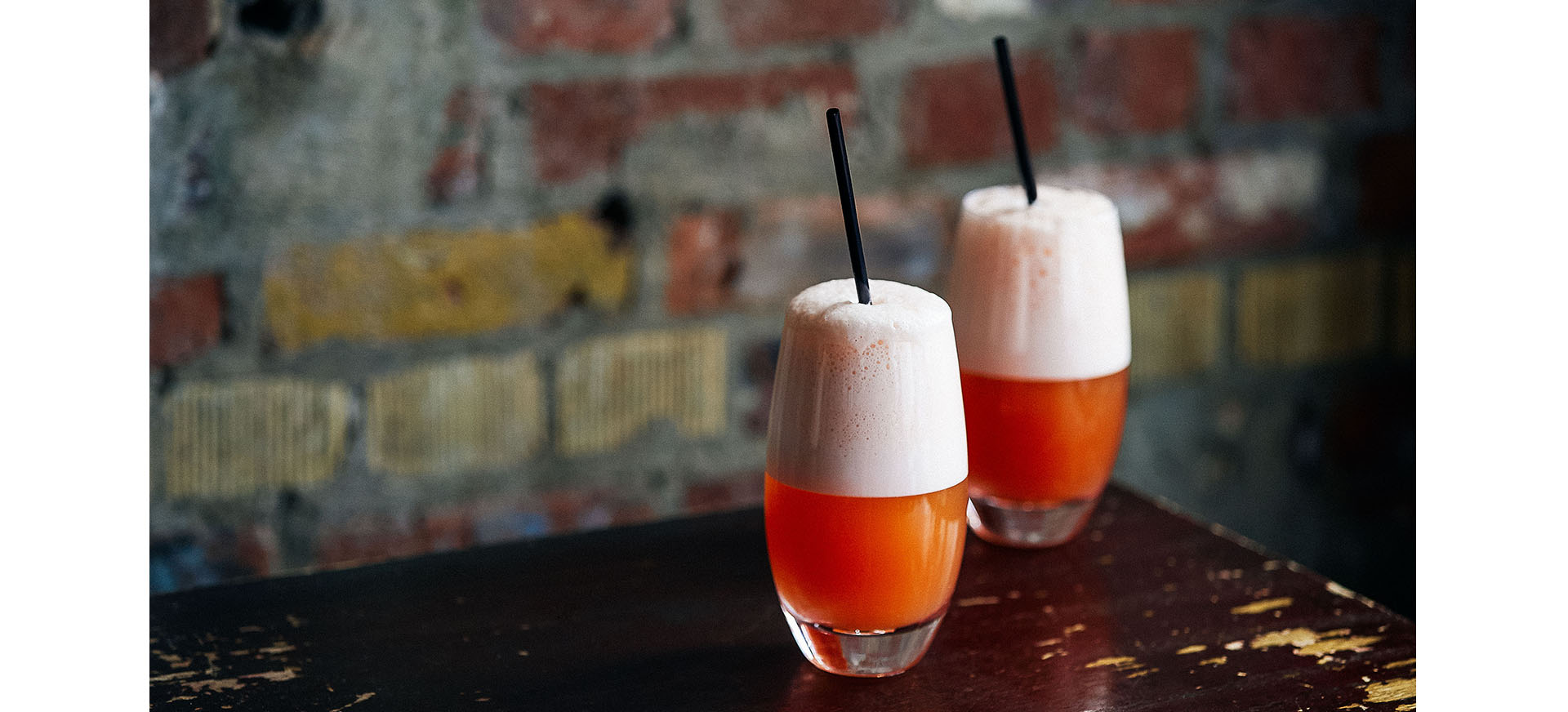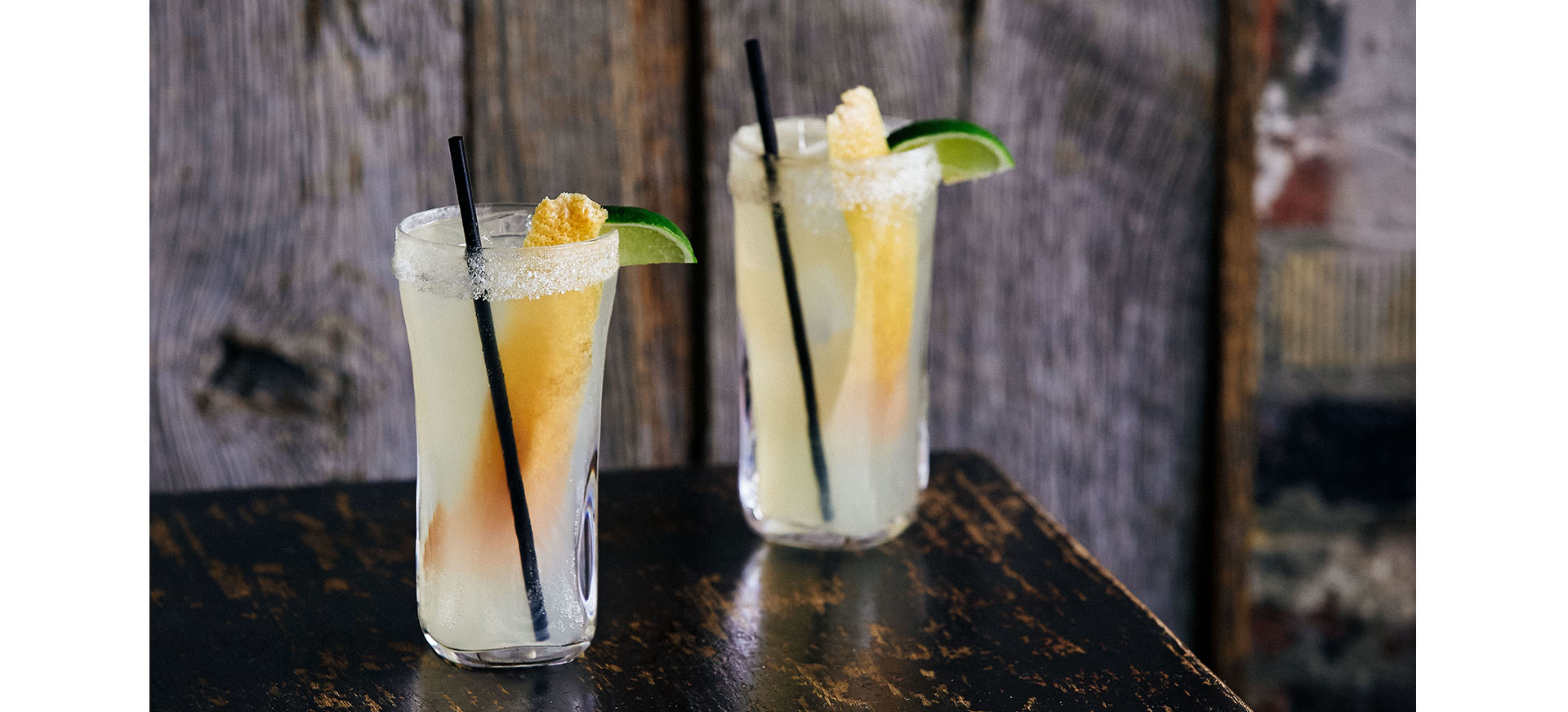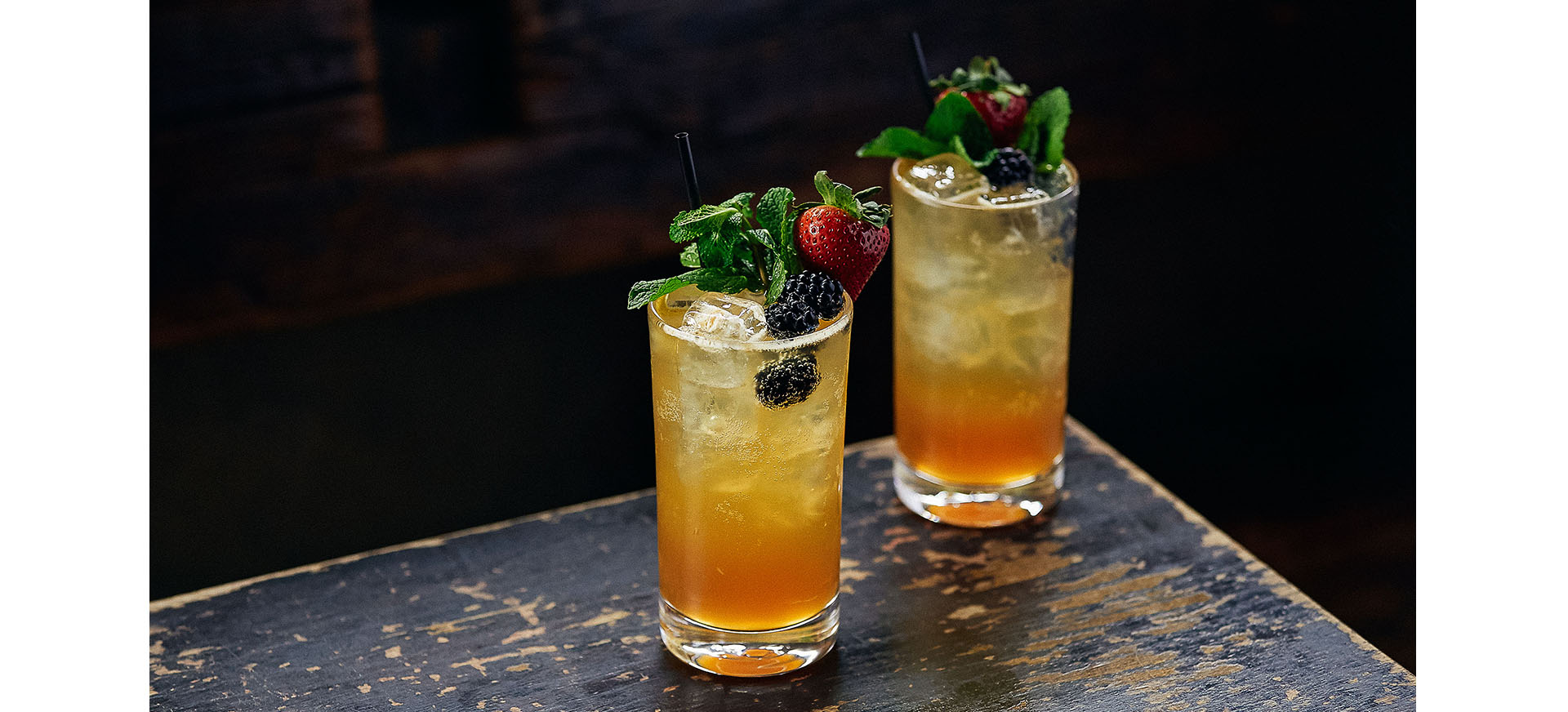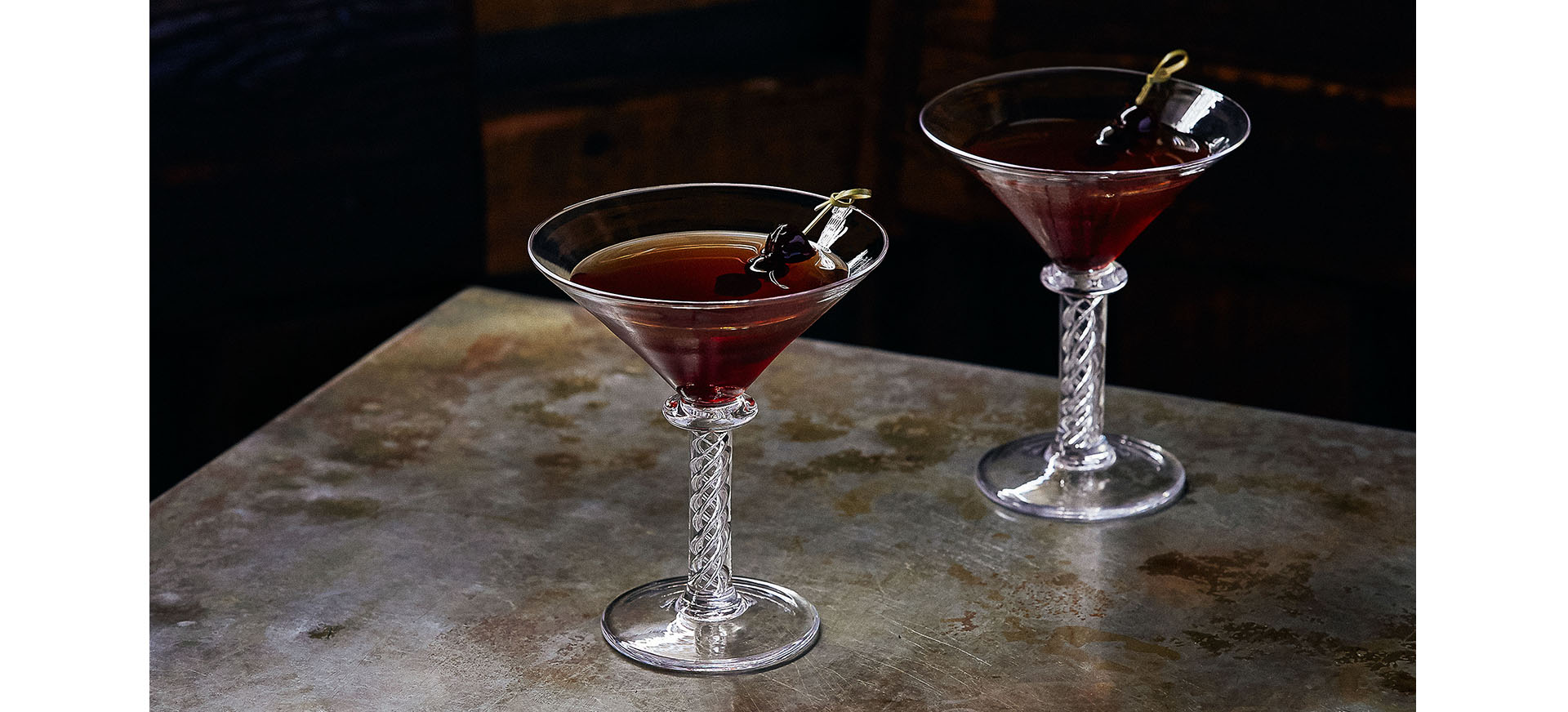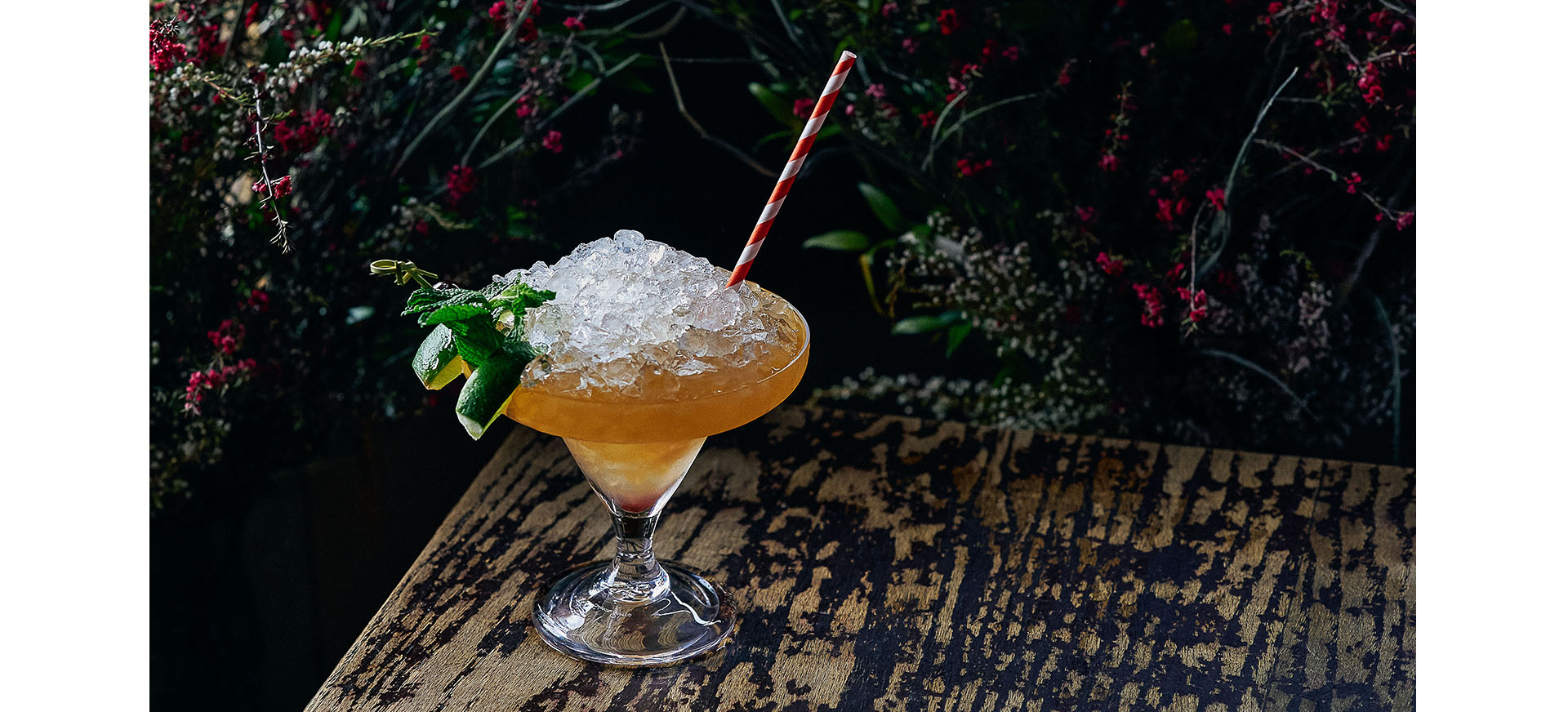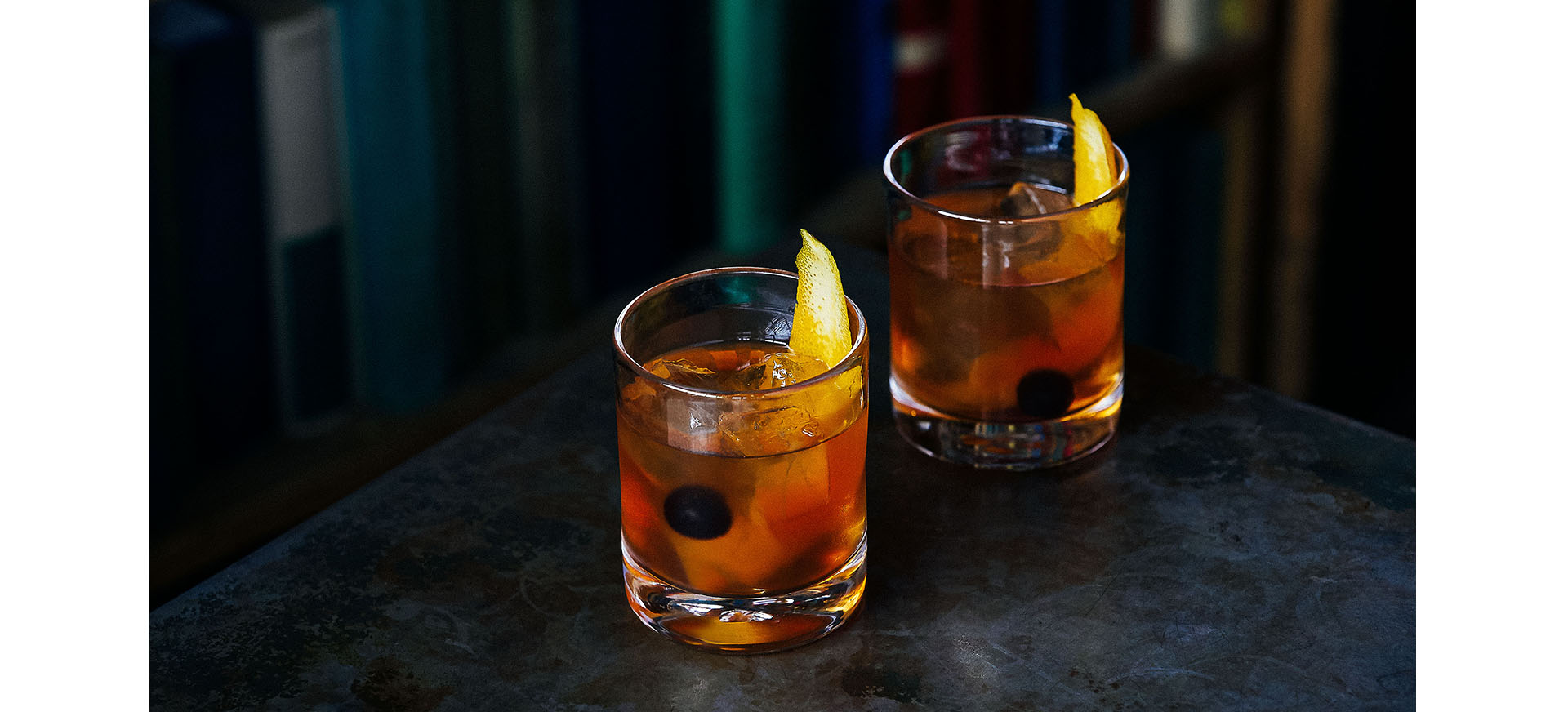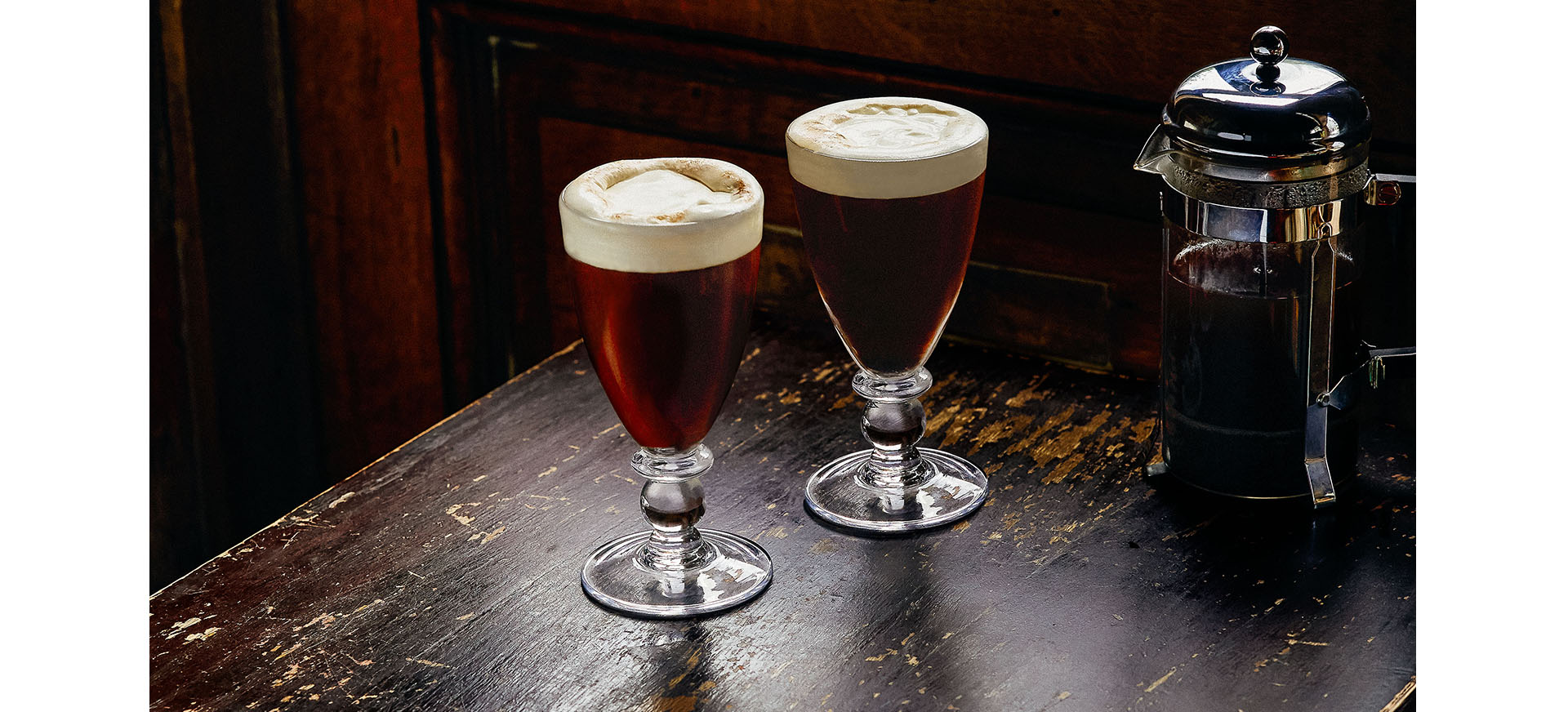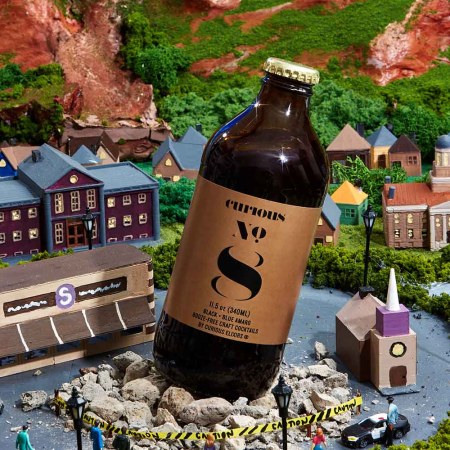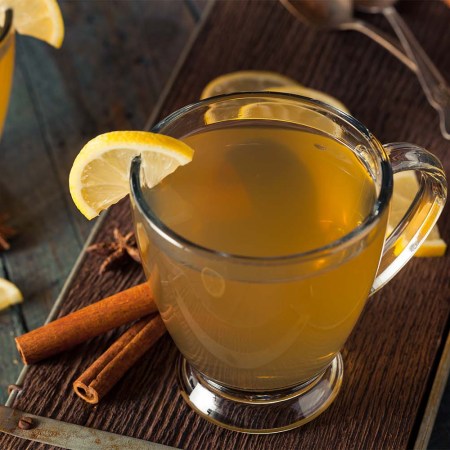MANHATTAN | MANHATTAN, NEW YORK
You might have heard that the Manhattan was invented at the Manhattan Club in N.Y.C. It’s a popular tale. Legend has it that the recipe was created in honor of an 1874 soiree at the club in honor of one Jennie Jerome (aka Lady Randolph Churchill, aka Winston Churchill’s mama). But it’s hogwash. According to serious spirit history book Imbibe!, Lady Randolph was nowhere near the city at the time, but actually about to give birth to Winnie in England. The truest account around hails from a story written by William F. Mulhall, a bartender at the legendary Hoffman House for some three decades beginning in the early 1880s. He states, “The Manhattan cocktail was invented by a man named Black, who kept a place ten doors below Houston Street on Broadway in the [eighteen-] sixties — probably the most famous drink in the world in its time.” Given its shadowy history, we called upon N.Y.C. speakeasy PDT to dissect their house Manhattan.
2 oz. Rittenhouse Rye
1 oz. Carpano Antica Sweet Vermouth
2 dashes Angostura Bitters
Combine ingredients in a mixing glass, stir with ice and strain into a chilled coupe or cocktail glass. If you want to geek out, you want to stir the drink until it’s quite cold — this point is usually reached after 1 oz. of the ice has been diluted to water — so, you’ll start with 3 oz. of volume and end with 4 oz. Garnish: three brandied cherries on a pick.

